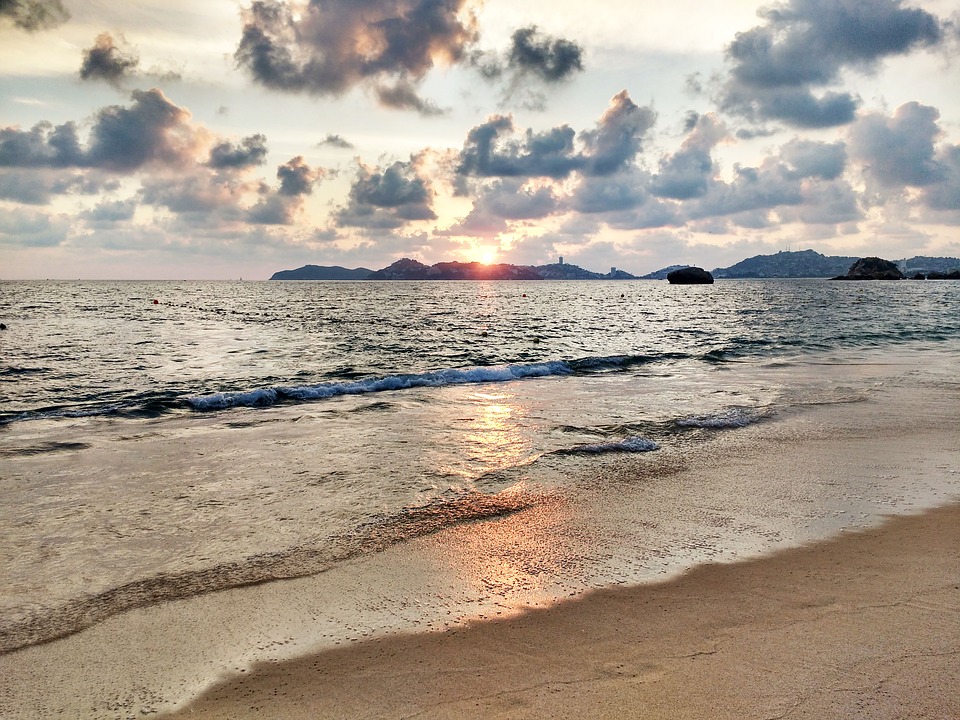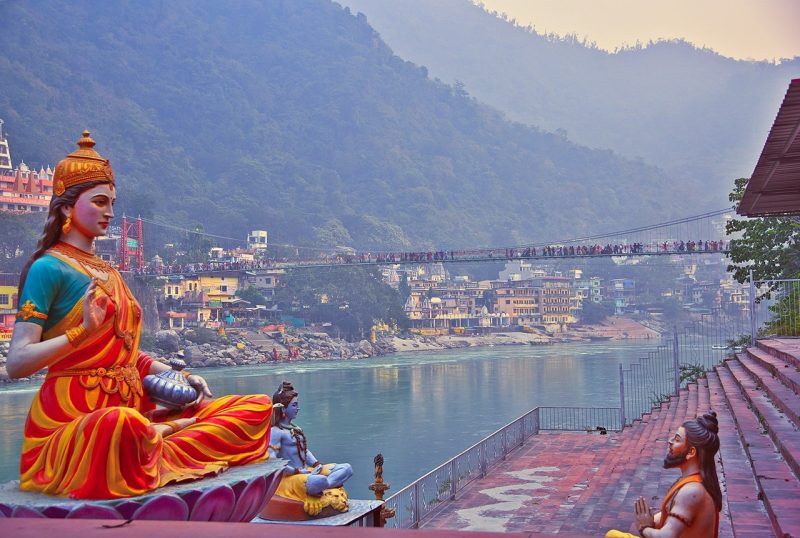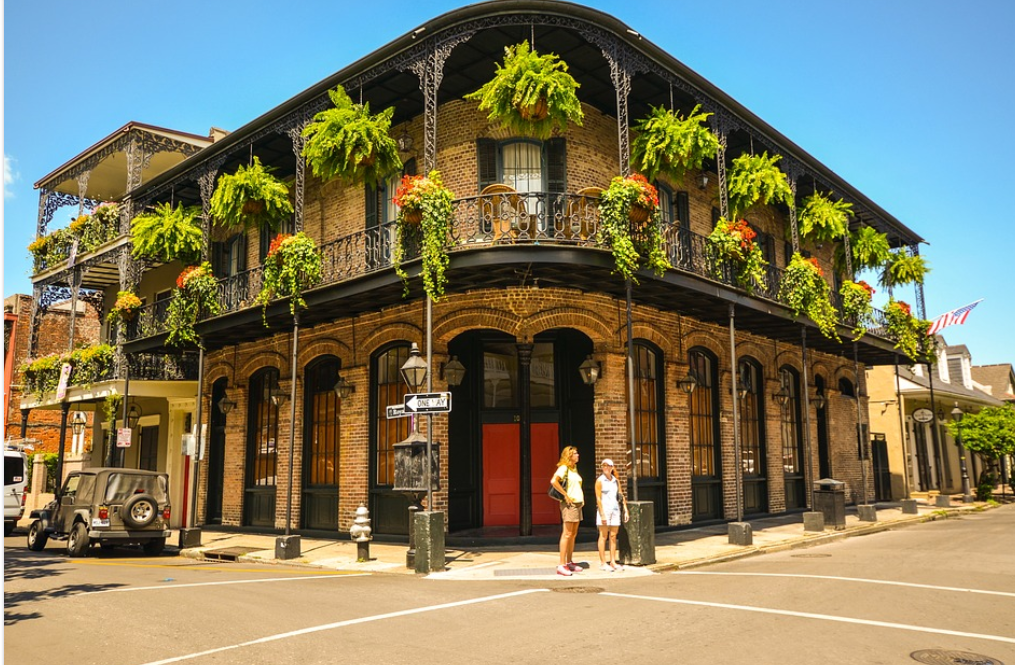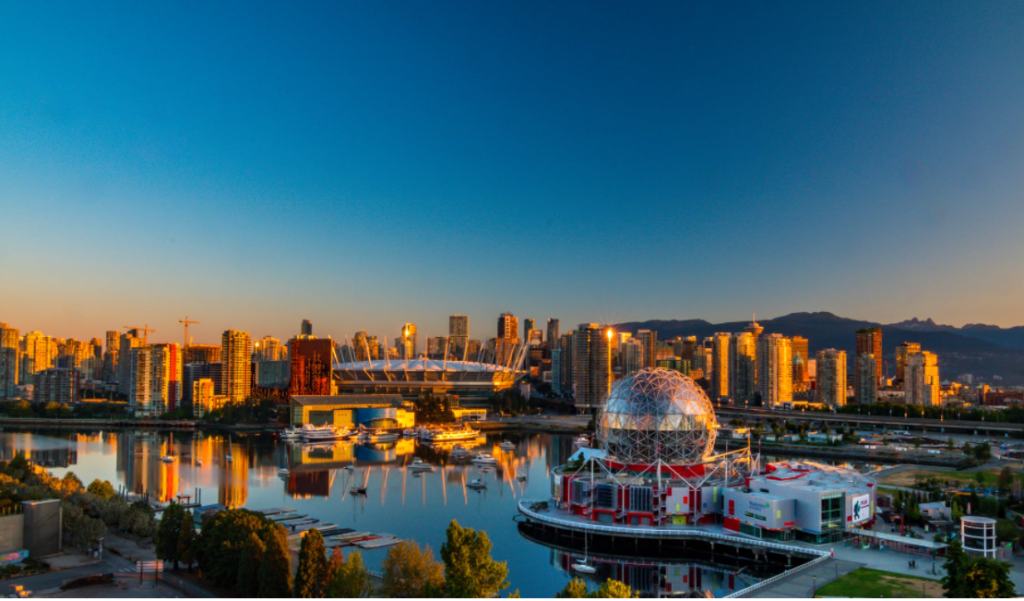
With beautiful beaches, Acapulco is one of the main sunder vacation holiday destination. The amazing shores and Se Shores gives perfect views of the countryside. Acapulco offers multiple beaches and forts which makes it enjoyable for your holidays. The streets of Acapulco have nightclubs for party animals and bars for the glass holders. My wife and I traveled there with an old military buddy and his wife. While I slave away at the office, they now own a large towing and auto repair business in Arizona (visit www.MesaTowingServices.com). The wives snorkled for hours while we drank beer and watched from the shore. Talk about lazy. But that’s what vacations are for, right?
Here are top 3 places to visit in Acapulco.
-
Playa Icacos
If you love calm beaches with fewer people around you than Playa Icacos is the best place to visit in Acapulco. Playa Icacos is blessed with a beautiful half moon shaped shoreline which makes it more attractive because of its shape. The beach is not completely separate from the hustle of the city but is surrounded by skyscrapers from one side. The beach attracts everyone around the city and globe.
-
Fort of San Diego
Everyone who takes a sip of history with interest than the Fort of San Diego is one of the most thrilling places with rich historical existence. The Fort of San Diego is said to be one of the strongest Spanish holds during the wartime of colonial rule. The beauty of the city increases when it is seen from the top of the Fort. The Fort even serves as a museum of the traditions of Spanish people. From dresses to everything else can be seen in the forest. The admission fee of the Fort is a debatable issue but overall it’s an amazing experience.
-
Chaple of Peace
After the beaches and forts of the city of Acapulco Chaple of Peace is one of the most amazing views one can imagine of. The best time to visit the Chaple of Peace is evening when the sunsets and the shades turn around giving the hills different shades of colors and making it even more beautiful. The Hands of Brotherhood is the best point to click some pictures with the gazing sun. The place displays the peace attained with brotherhood and provides a very peaceful atmosphere to sit and analyze the life and its flaws.
What else does one want from a single city when it offered sea shores, forts, and Peace. …



